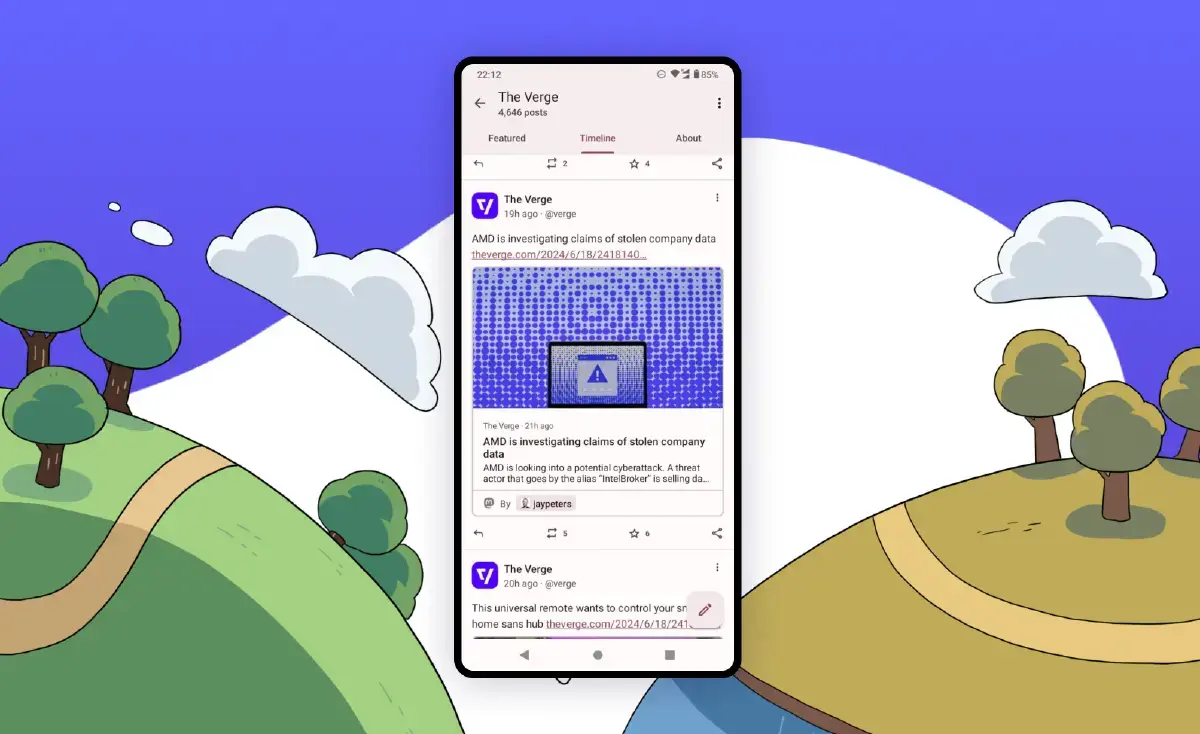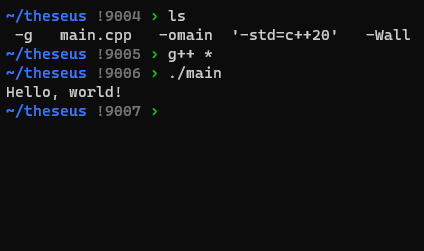I can of agree the focus to make Linux easy to use is not exactly on the right things. There is a bit too much of a “make a GUI of everything”. Which is not wrong per say, but should not be the goal. More a mean to an end.
I disagree that users won’t do stuff on their own. They will, but they will allocate very little time to it, on average, especially when compared to a tech savy person. And that’s just because their computer is a tool.And if they cannot make their tool work for what they want to do, they’ll find another way. Or deem it impossible.
I think distro must make mundane tasks such as system maintenance hands off. As an opt-in option not to upset power user. But things such as updates, full system update, disk space reclaiming, … should have a single “do the right thing without being asked to” toggle. Things a bit more complicated such as printing/scanning document should be more context aware. A bit like on smartphone where, if you have a document open, you can select print and, if no printer is configured, you have the option to add one there and then.
Immutable distro have made good progress on that front IMO. But we still need better integration between applications and the Desktop Environment for things like printing, sharing and so on. I’m hopeful though. Generally speaking, things are moving in that direction. Even if we can argue flapak and snap are a step backward with regards to the integration of the DE, this is also an opportunity to formalize some form of protocol with the DE.










My guess would be to force a hierarchy as to distribute load. DNS is distributed in a sens. There are the root name servers that know about all TLD and then each TLD has its own server (in practice there is multiple TLD a single entity controls and it allocates as many server as needed to answer all DNS request for those). And those “TLD servers” know about the second level. And either they also know about the lower levels or those are further delegated.
So fewer TLD means that the “root” DNS servers do not have to keep a huge “phonebook” (TLD to IP address of the DNS responsible for them) and can therefore be efficient, which means that fewer of them are required. And fewer root server means its easier to update them and keep them consistent. And if nearly everyone can only register second level domains, then the root name servers do not need to be updated nearly as often.